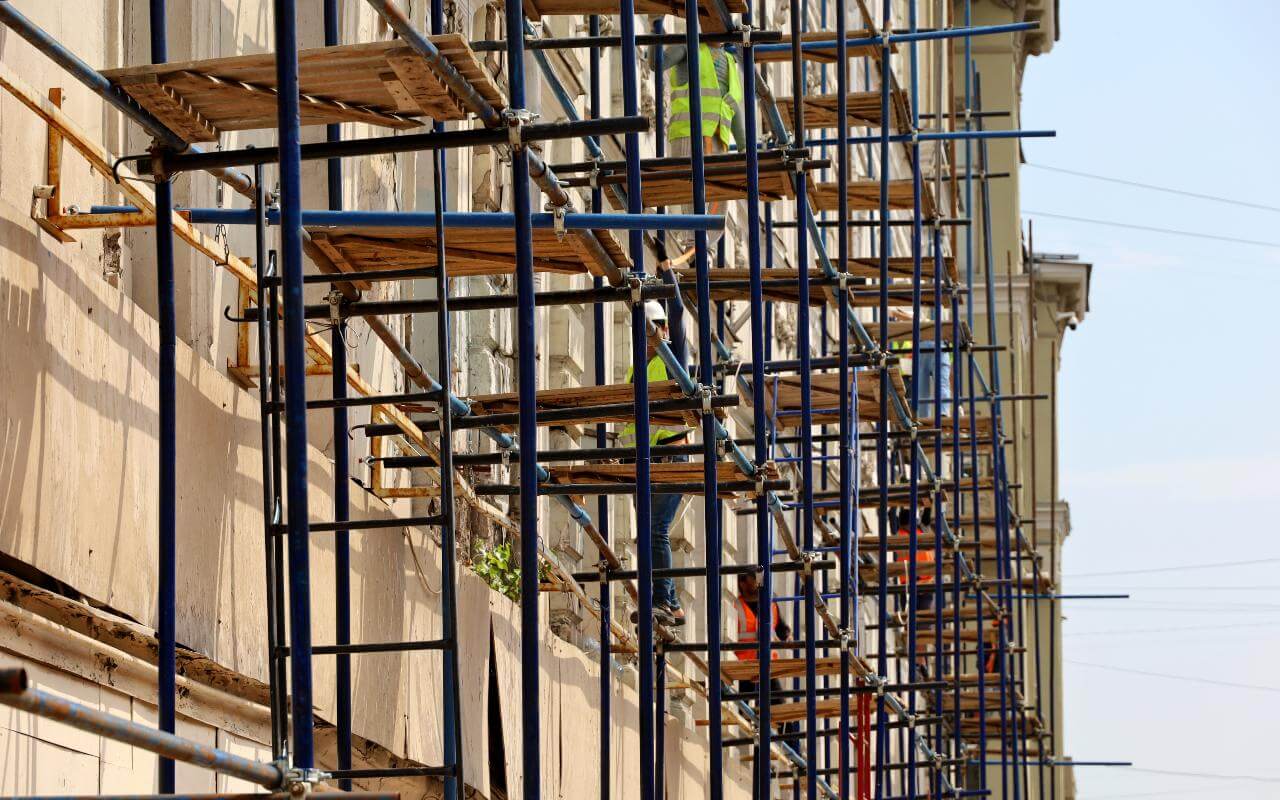Landlords (including those in the Private Rented Sector as well as RPs) charging variable service charges to their tenants should note the recent case of Cox v Anchor which has shed light on section 11 Landlord and Tenant Act 1985 (“LTA 1985”).
Section 11 LTA 1985 implies various repairing obligations on landlords for certain tenancies (generally residential tenancies with a term of less than seven years).
These require landlords to maintain the exterior and structure of the property and to keep installations for the supply of utilities and heating in good working order. Landlords must comply with these obligations at their own cost, and they are unable to recharge the residential tenants directly or indirectly via service charges. These obligations cannot be excluded, even by agreement between the parties, without a prior court order. This case has helped to frame the limits of these obligations and has also revealed interpretation methods likely to be used when considering tenants with additional needs.
In 2018, Anchor, the landlord of a four-storey independent living development for the over 55s, installed a new lift and sought to pass the cost of the installation, the lift servicing contract, inspections and repairs on to tenants via an increase to the service charge (despite informing tenants in a meeting that the costs would not be passed on).
Mr Cox held an assured tenancy of one of the flats. The tenancy contained a variable service charge provision that listed services against which the service charge could be levied. This list included the repair, maintenance and insurance of the lift.
Mr Cox sought determination that these costs fell within the ambit of section 11 Landlord and Tenant Act 1985 (LTA 1985), and hence that therefore the service charge provisions relating to the lift were void.
At the First Tier Tribunal (“FTT”), it was agreed that the lift was not structural, did not form part of the exterior of the property, and was not an installation for the provision of utilities and heating.
The FTT then considered the “amending” provisions of the statute.
Section 11(1A) provides that for tenancies granted after 14 January 1989 where the dwelling forms part of a building, the landlord’s obligations extend to any parts of the building in which the landlord has “an estate” and to installations which directly or indirectly serve the dwelling and are under the landlord’s control. Given its landlord status, Anchor certainly had an estate in the lift.
However, section 11(1B) limits the scope of section 11(1A) by providing that the landlord does not owe any obligations to repair unless the disrepair (or lack of proper working order) is such as to “affect the lessee’s enjoyment of the dwelling-house or of any common parts”. It was common ground that the lift formed part of the common parts.
The FTT, being sympathetic to the nature of the tenants, concluded that the costs incurred by the Landlord fell within the ambit of section 11 despite recognising that section 11(1) refers to specific installations of which a lift was not one. The FTT opined that “in the context of a sheltered housing scheme where residents must be over 55, a lift is an essential installation… as it must be expected that at any time, a proportion of the residents will be of limited or impaired mobility.” In other words, without the proper working of the lift, the tenants of a sheltered housing scheme would be unable to enjoy their homes and that meant that section 11 was engaged.
The Upper Tribunal, however, overturned the decision on appeal and stressed that sections 11(1A) and 11(1B) were not to be read as standalone provisions but instead as qualifications of the original section 11 obligations. Therefore, they can only apply to the exterior and structure of the property, and installations for the supply of utilities and heating. As the lift falls into none of those categories, it cannot fall within section 11 and the charges were subject to the provisions in the tenancy. And hence could be recovered from Mr Cox.
Whilst tenants in a similar position to Mr Cox may feel aggrieved by this determination, it is worth noting that since this case was brought, the Homes (Fitness for Human Habitation) Act 2018 (“H(FHH)A 2018”) has been enacted. That Act may offer an alternative route for challenging similar charges. Recent case law suggests that had the lift not been in working order, this may well amount to making the dwelling unfit for human habitation under sections 9A and 10 Landlord and Tenant Act 1985 (as amended by the H(FHH)A 2018) and Anchor would have been obliged to repair it (or replace it) without imposing any penalty on the tenants.



